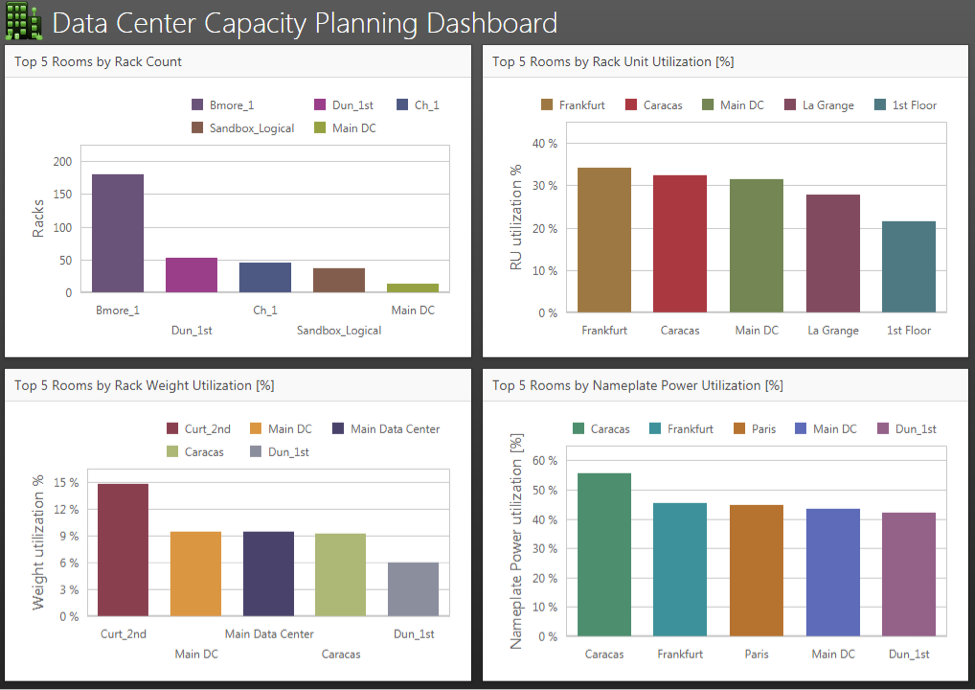
I’ve heard it before too many times to count: a well-meaning administrator knows their organization will benefit from the right DCIM solution. Afterall, their organization is struggling with prolonged troubleshooting times and associated expenses, wasted money on IT assets that weren’t actually needed due to improper utilization, cables that aren’t decommissioned, servers drawing power but not performing any functions, and so on.
The problem? It can be hard to convince that the guys upstairs that the cost of DCIM is worth it.
As the head sales honcho here at Graphical Networks, I get it. When you’re buying DCIM, you’re buying a set of functions, where you will see savings isn’t as clear as when you buy, for example, energy-saving light bulbs.
The truth is, however, this: DCIM helps organizations save money quarter after quarter and year after year.
IT infrastructures today are big…and they’re only getting bigger. If troubleshooting, wasted money on assets, cabling spaghetti, zombie servers, and physical floor space are issues for your infrastructure, you may need DCIM.
In this new series, we will take a look at the various ways in which you can save money with DCIM software (of course, we always say here at Graphical Networks that you need to ensure you find the right DCIM for your needs as there is no one-size-fits-all solution for every organization).
Protect & Recoup Your Capitol Investment in Capacity
Capacity management and planning is, more often than not, greatly improved with the help of the right DCIM solution. Without DCIM software in place, many data centers today find there is a disconnect between the capacity a facility was designed to have…and the actual capacity available today.
When racks are under-utilized, there is a cost associated with it: the cost of power and the availability of physical space and racks…or, in other words, money is being wasted.
 Visualize and Model Racks in netTerrain DCIM
Visualize and Model Racks in netTerrain DCIM
With DCIM, organizations can greatly improve how resources are utilized.
How much money can be recouped or saved?
The Uptime Institute found that each kilowatt of critical load capacity in building a Tier IV data center costs up to $25,000 (or $23,000 for a Tier III data center).
Using the estimate for the Tier IV data center, let’s do some math.
Using the estimates from the Uptime Institute, we’ll assume that our example data center can only utilize 80% of the capacity it was initially designed for. Based on a 1,000 kW IT load, your wasted investment could be a staggering loss of $5 million dollars in capital investment that has been wasted ($25,000 x 200kW). DCIM would not be able to, of course, recoup all the capacity loss in a data center, however, it will still be able to recoup a significant amount.
If just 50kW of capacity is recovered, for example, that is an impressive $1.25 million dollars recouped.
The example savings is just the beginning, however, as DCIM does not just work one time but works continuously as IT infrastructures are built upon and changed over time. DCIM software visualizes assets, floor plans, racks — and helps to ensure optimal placement of assets in an environment of continuous change (and helps to protect capitol investment time and time again).
 Example of Capacity Planning Dashboard in netTerrain
Example of Capacity Planning Dashboard in netTerrain
If your data center isn’t particularly large, it is still expensive: your boss may argue that your data center is small compared to others and so DCIM isn’t relevant. A recent study by the Ponemon Institute actually found that the smaller the data center, the more expensive the average cost of 1kW.
Bottomline? A great deal of money goes in to data center design and builds. If you know you’re not using your capacity to its fullest (without DCIM software, you’re probably not)…isn’t it time your boss explores how you can save money and recoup capacity by optimizing what you have today?